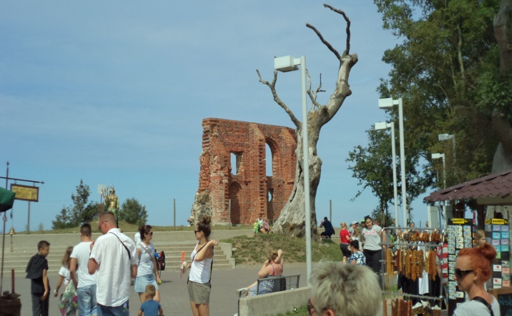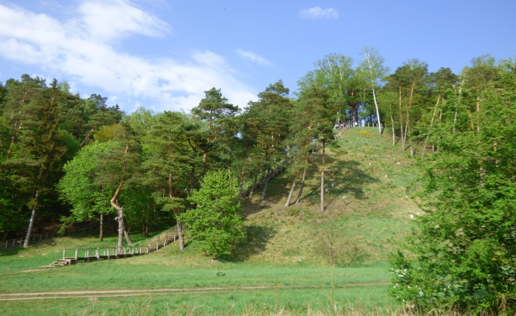(English) IU347. WOLIN ISLAND AND TRZEBIATÓW COAST
Leider ist der Eintrag nur auf Amerikanisches Englisch verfügbar. Der Inhalt wird unten in einer verfügbaren Sprache angezeigt. Klicken Sie auf den Link, um die aktuelle Sprache zu ändern. LOCATION Wolin Island and Trzebiatów Coast are separated by the Dziwna – one of three straits connecting Szczecin Lagoon with the Baltic Sea. This is the […]
Continue Reading











